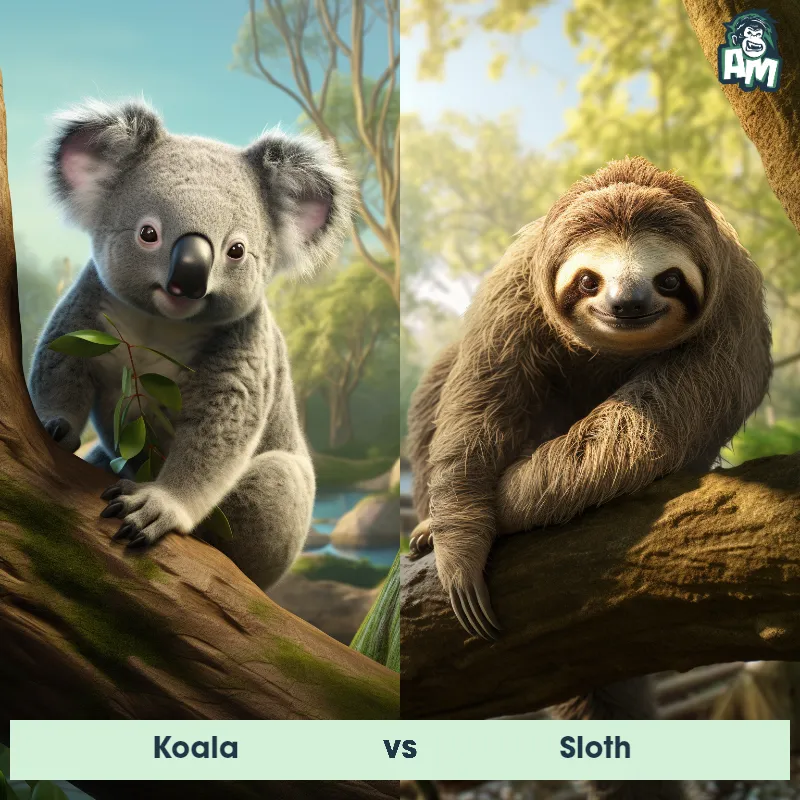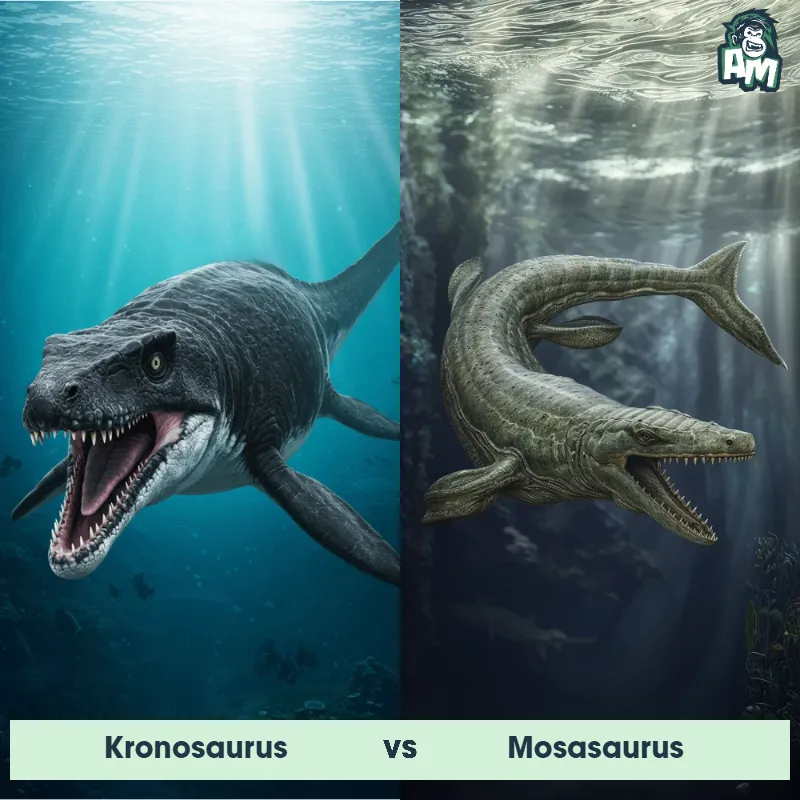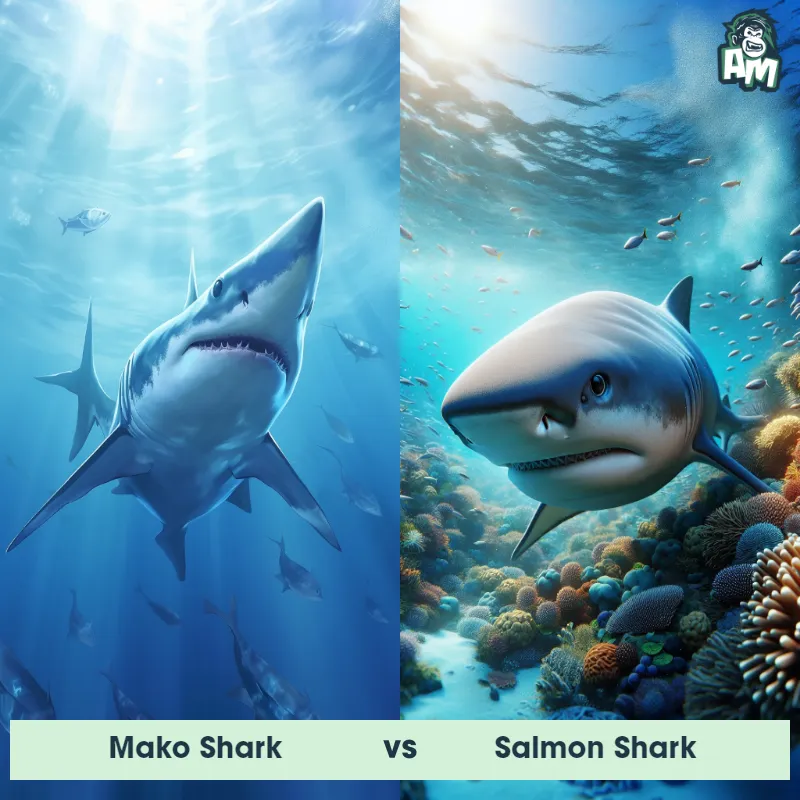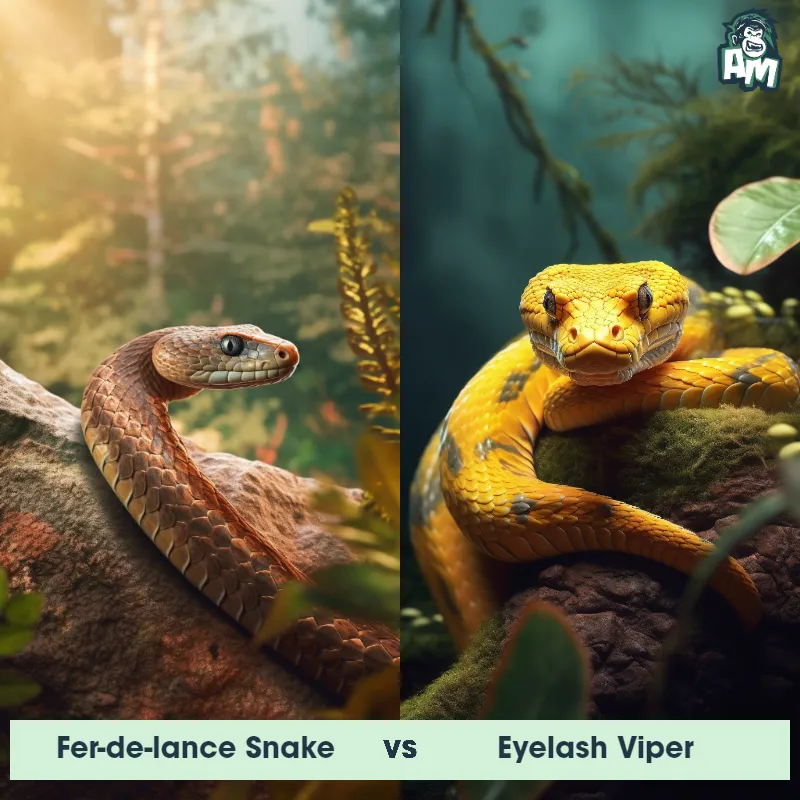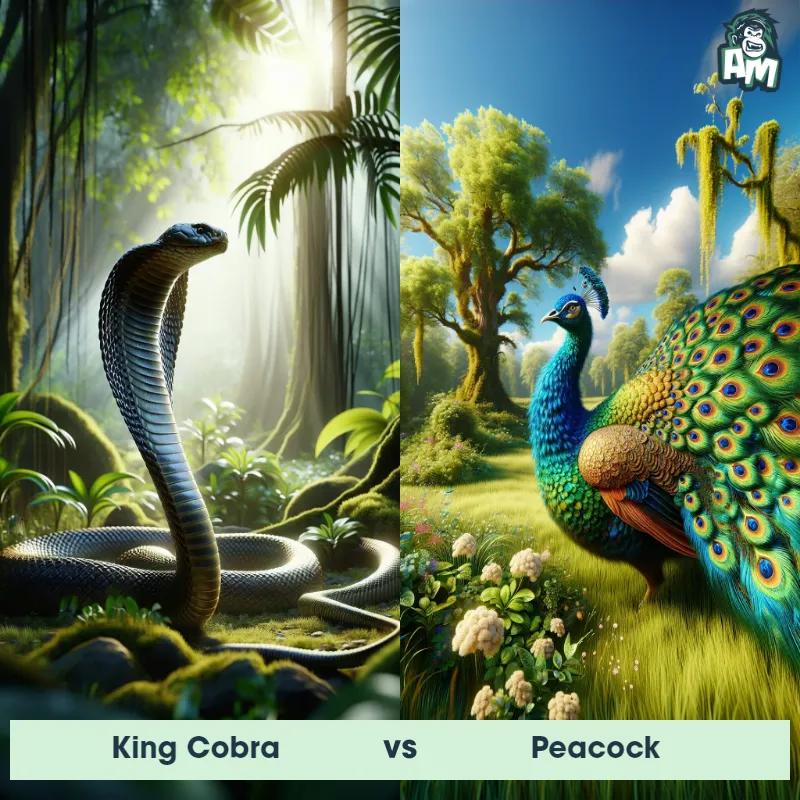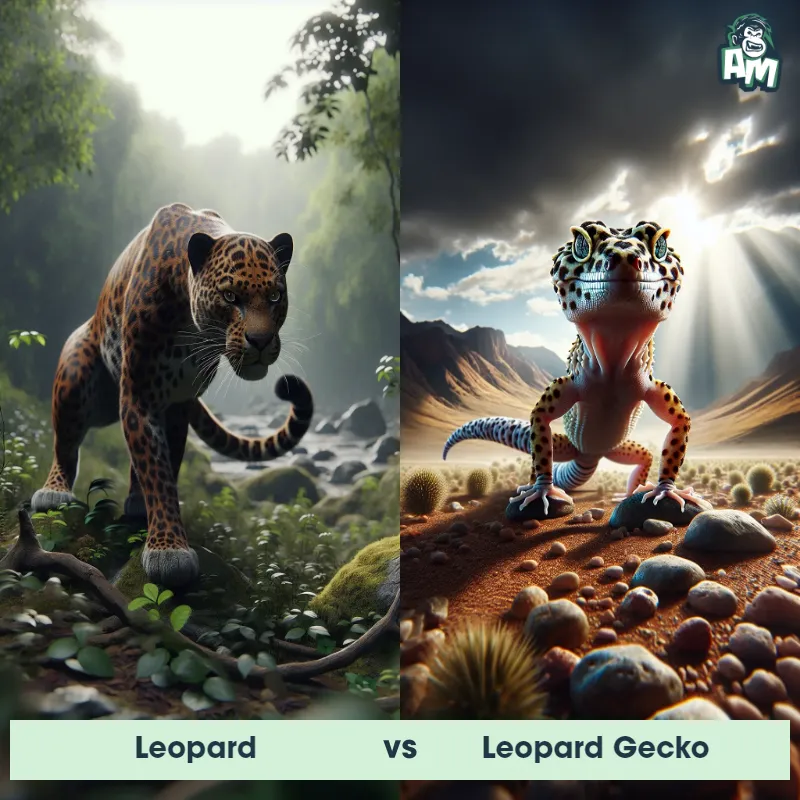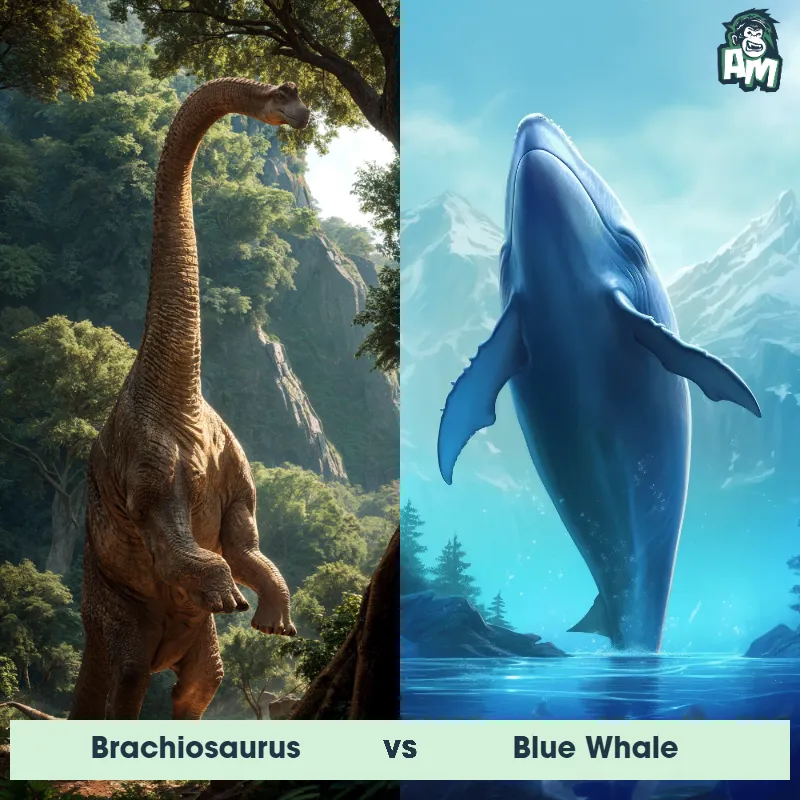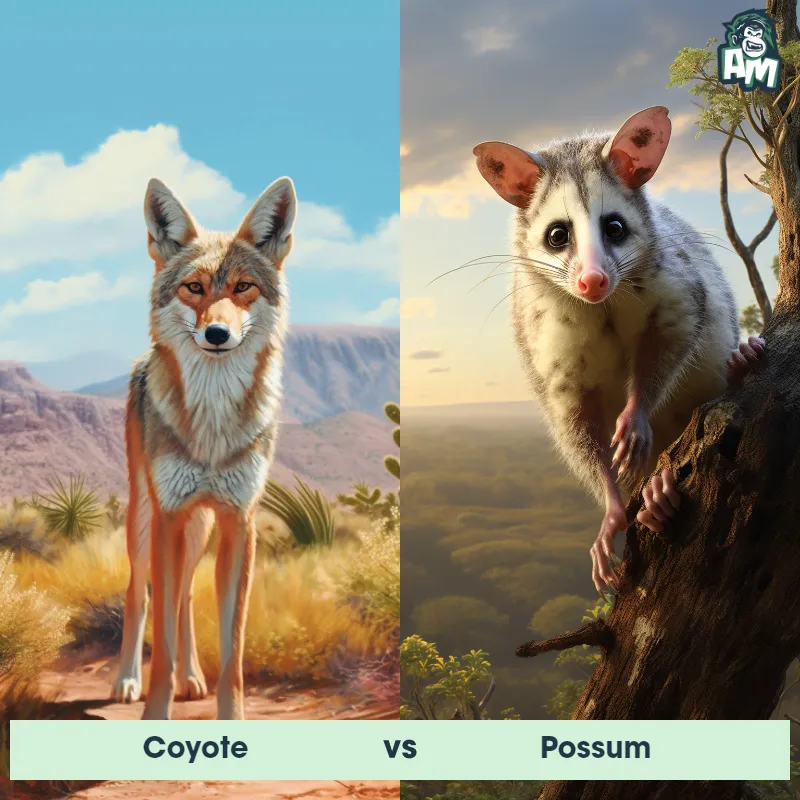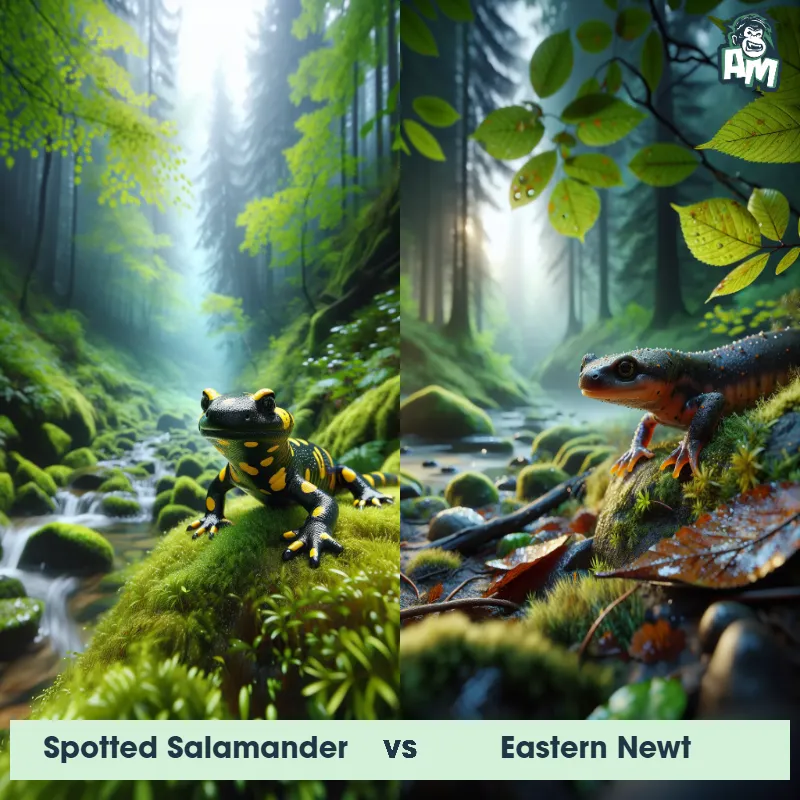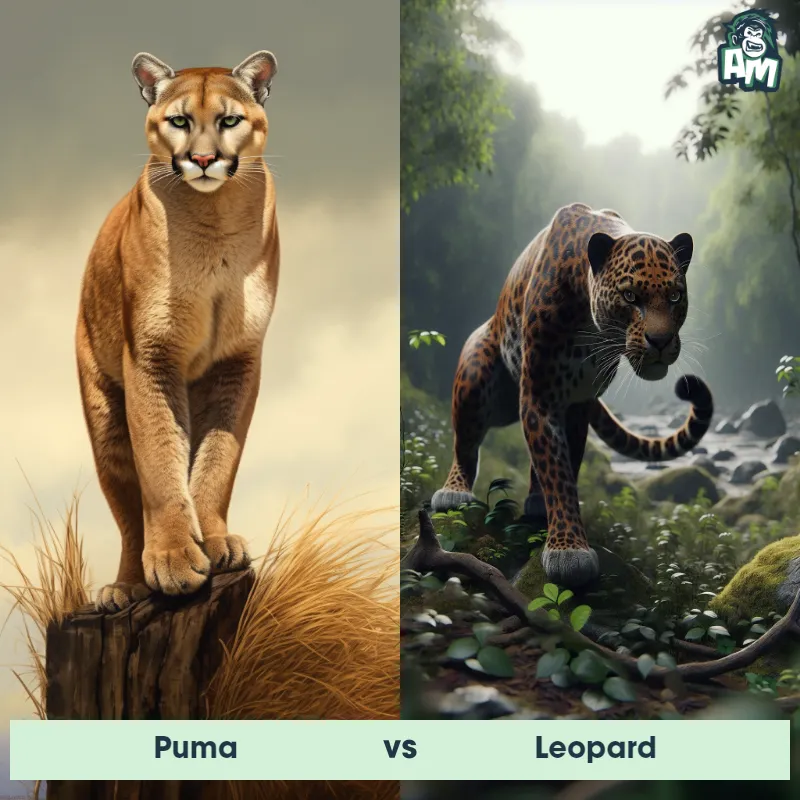Bobcat vs African LionSee Who Wins
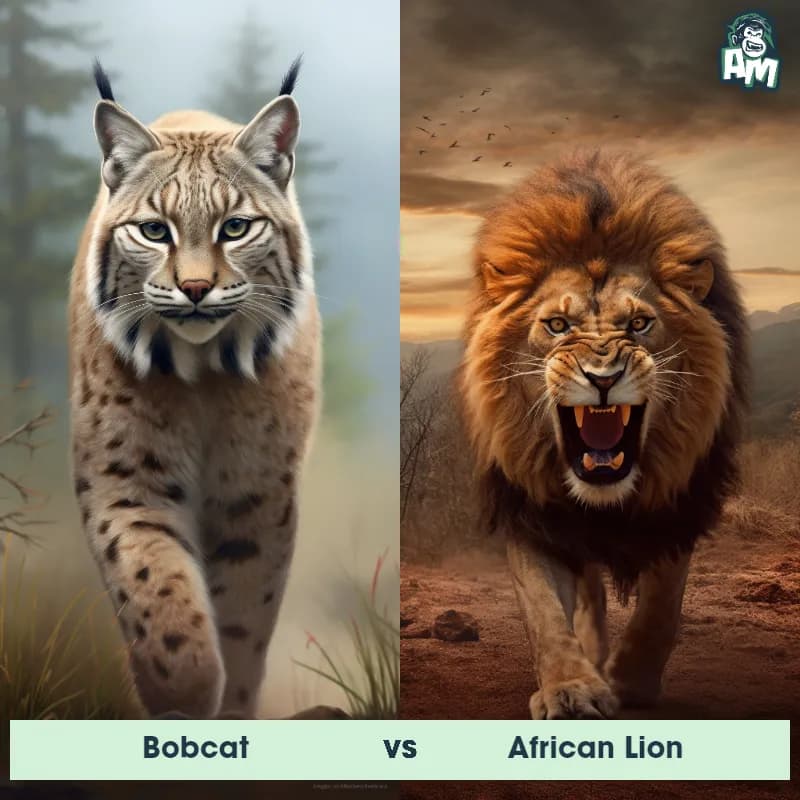
Ladies and gentlemen, welcome to this thrilling matchup between a Bobcat and an African Lion! These two fierce predators have entered the arena, ready to display their power and agility. This fight promises to be a true test of strength and strategy. Let's dive right into the action and see who will claim the title of the ultimate predator!
Contender 1: Bobcat
The Bobcat, also known as Lynx rufus, is a medium-sized wild cat native to North America. They have short, reddish-brown fur with black spots and tufted ears. Bobcats are known for their distinctive short tails, which are only 5-6 inches long. They are solitary animals and are most active at dawn and dusk. Bobcats are skilled hunters and prey on small mammals, birds, and reptiles.
Fun Fact: Bobcats are excellent climbers and can easily scale trees to escape predators or hunt prey.
Contender 2: African Lion
The African Lion, also known as Panthera leo, is a large carnivorous mammal that is native to Africa. They are the second-largest living cat species, with males weighing up to 550 pounds and females weighing up to 400 pounds. African Lions have a distinctive mane of hair around their necks, which is more prominent in males. They are social animals that live in prides, which consist of several females, their cubs, and a few males. African Lions are apex predators and are known for their strength, speed, and hunting abilities.
Fun Fact: African Lions are the only cats that have manes, and the color and size of their manes can indicate their age and health.
Matchup Stats
| Bobcat | African Lion | |
|---|---|---|
| Size | 2-3 feet (0.6-0.9 meters) in length | Up to 4 feet (1.2 meters) at the shoulder |
| Weight | 15-30 pounds (6.8-13.6 kilograms) | Up to 550 pounds (250 kilograms) |
| Speed | Speed: 30 mph (48 km/hr) | Speed: 50 mph (80.47 km/hr) |
| Key Strength | Powerful legs and sharp claws | Powerful jaws and sharp claws |
| Biggest Weakness | Small size compared to other predators | Vulnerable to attacks on the back and sides |
Current Votes
Bobcat vs African Lion
See Who Wins
View More Matches
Looking For More?
Similar Matches
Scientific Stats
| Bobcat | African Lion | |
|---|---|---|
| Scientific Name | Lynx rufus | Panthera leo |
| Family | Felidae | Felidae |
| Habitat | Forests, deserts, suburban areas | Grasslands, savannas, and open woodlands |
| Geography | North America | Africa |
| Diet | Small mammals, birds, reptiles | Carnivorous, primarily hunting large ungulates such as zebras and wildebeest |
| Lifespan | 10 years - 15 years | 10 years - 14 years |
Key Differences between Bobcat and African Lion
- Ears: Lions have rounded ears with prominent tufts of hair on the tips, whereas Bobcats have distinctive ear tufts that are shorter and more pronounced, giving them a "lynx-like" appearance.
- Tail: An African Lion has a long, tufted tail that measures around 3-3.3 feet in length, while Bobcats have a short tail, usually less than half the length of their body, with black fur on top and white fur beneath.
- Habitat: African Lions are primarily found in the African savannahs, grasslands, and woodlands, while Bobcats are native to North America, inhabiting a variety of ecosystems including forests, swamps, deserts, and mountainous regions.
- Facial Features: African Lions have a prominent and robust head with a large, flat nose, prominent cheekbones, and a prominent mane surrounding their face, while Bobcats have a smaller rounded skull, tufted ears, and more delicate facial features.
- Size: The African Lion is significantly larger than the Bobcat, with adult male lions weighing up to 420 pounds and measuring about 4 feet tall at the shoulder, while Bobcats weigh around 20-30 pounds and measure about 2-3 feet tall at the shoulder.
- Color: The African Lion boasts a consistent tawny-colored fur, varying from light to dark shades, whereas the Bobcat displays a more diverse color palette ranging from gray to brown, with distinctive spots or stripes spread across its body.



